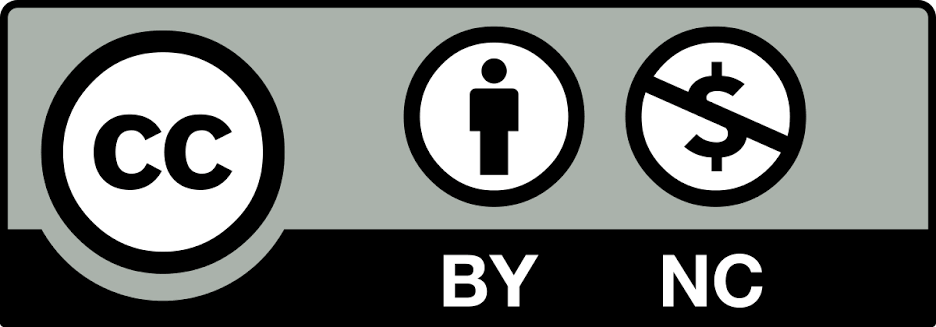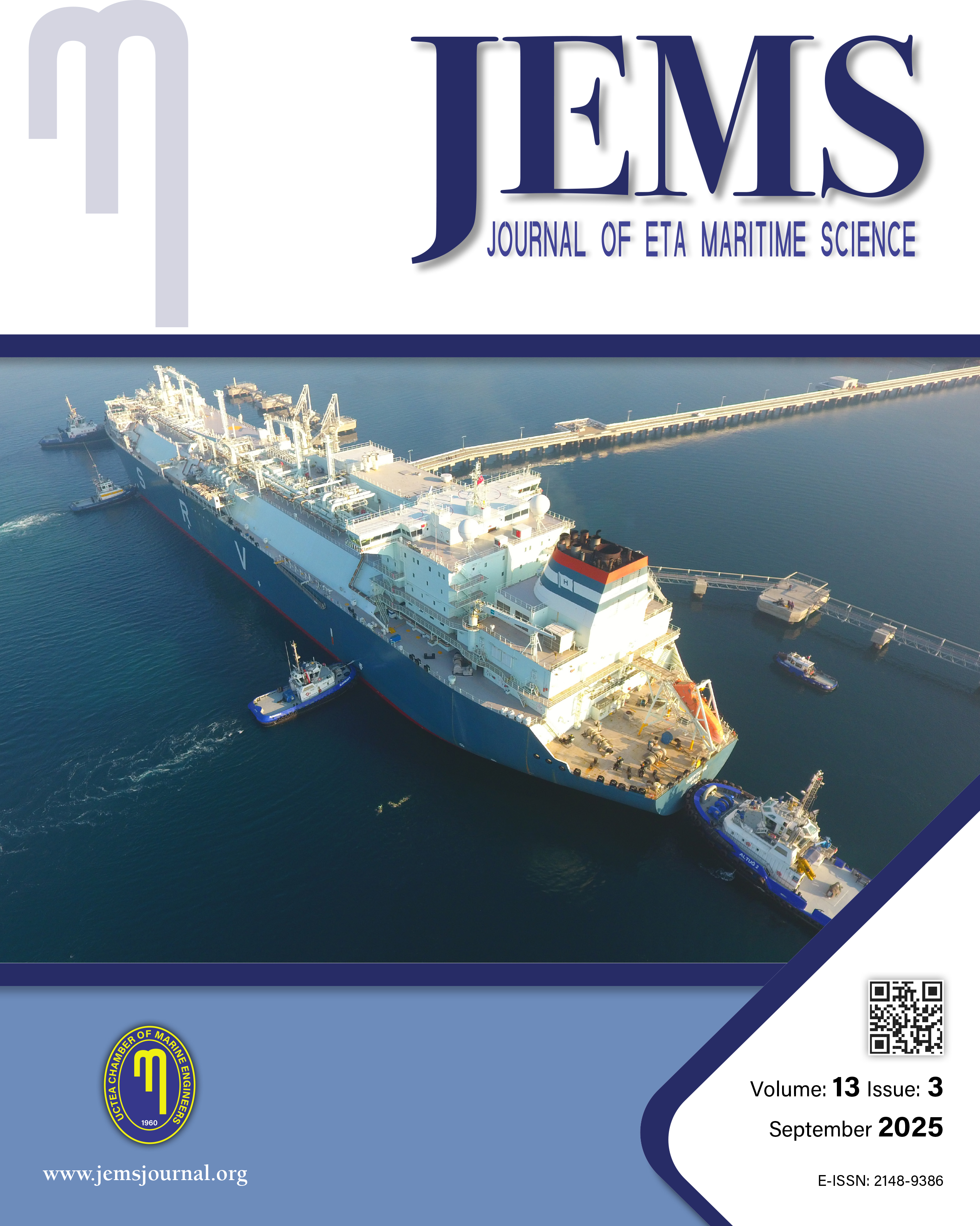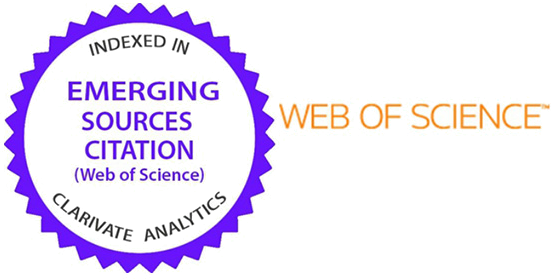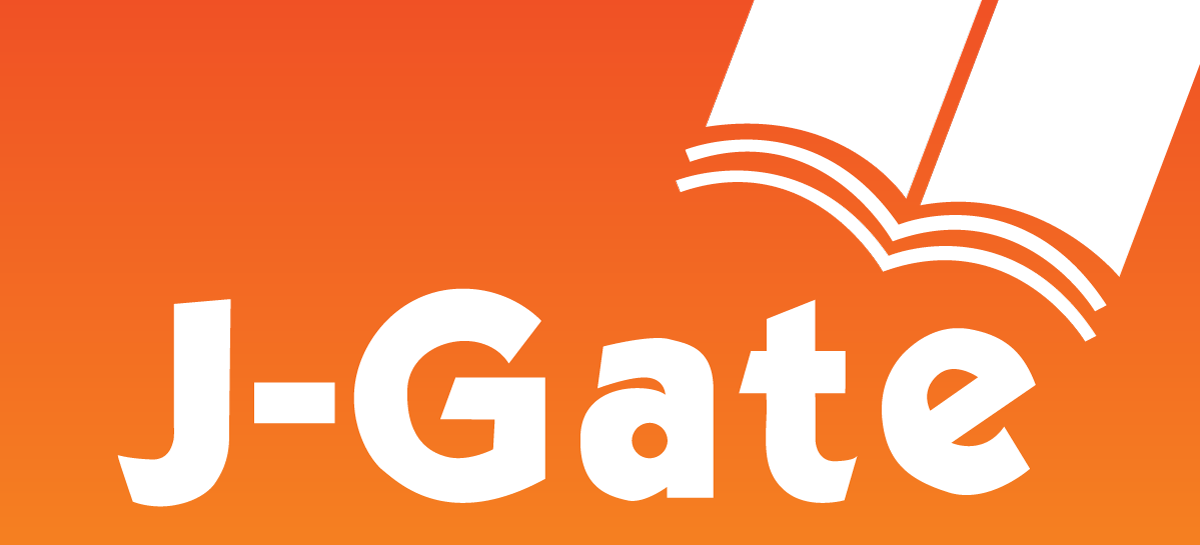

JEMS apply the Creative Commons Attribution NonCommercial 4.0 International Licence to all manuscripts to be published
Convention-Level Pattern Analysis of Exemptions and Equivalents in IMO Regulations using Rule-Based Pipeline
Taha Talip TürkistanlıDepartment of Maritime Transportation Management Engineering, Mersin University, Mersin, TürkiyeThis study examines how flag states utilize exemptions and equivalents within the International Maritime Organizations regulatory system using ten years of cleaned and enriched GISIS notifications. Data preparation used a deterministic, rule-based pipeline that transformed semi-structured text through tokenization, regex patterning, and n-gram co-occurrence analysis. Standardized instrument references and reconstructed analytical fields were linked to ship-type and size metadata. Analyses covered exemption intensity, cross-flag variation, convention portfolios, ship-type associations, temporal dynamics, and exploratory clustering. Results shows that exemptions concentrate in technical regimes led by SOLAS, followed by MARPOL, COLREG, and ICLL; national portfolios are coherent rather than random; and volumes increase over the decade despite exposure adjustment. Notification rates remain highly right-skewed, with a small subset of flags accounting for a disproportionate share of documented exemptions and equivalents. Methodologically, the paper contributes a reproducible, deterministic pipeline that normalizes instrument references, reconstructs exemption fields, and links notifications to vessel attributes, enabling exposure-adjusted cross-flag comparisons and portfolio analysis. The scope is limited to convention-level categories rather than clause- or rule-specific analysis because of fragmented and heterogeneous citation patterns in flag-state reports. Findings have implications for transparency, comparability, and the design of structured reporting in GISIS to support evidence-based oversight.
Keywords: IMO Regulations, Exemptions, rule-based pattern miningManuscript Language: English










